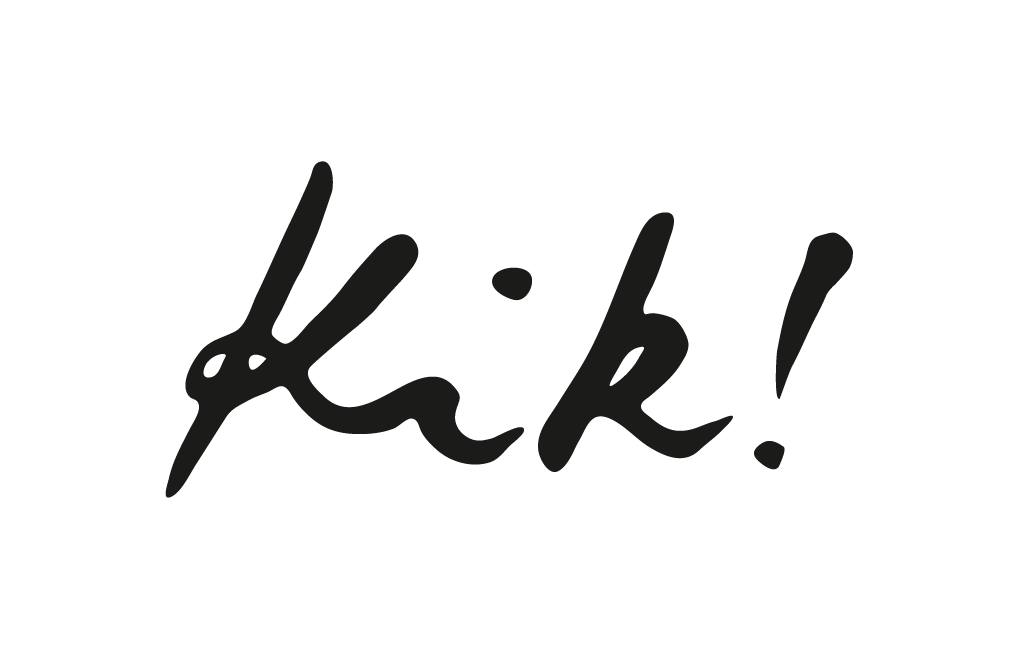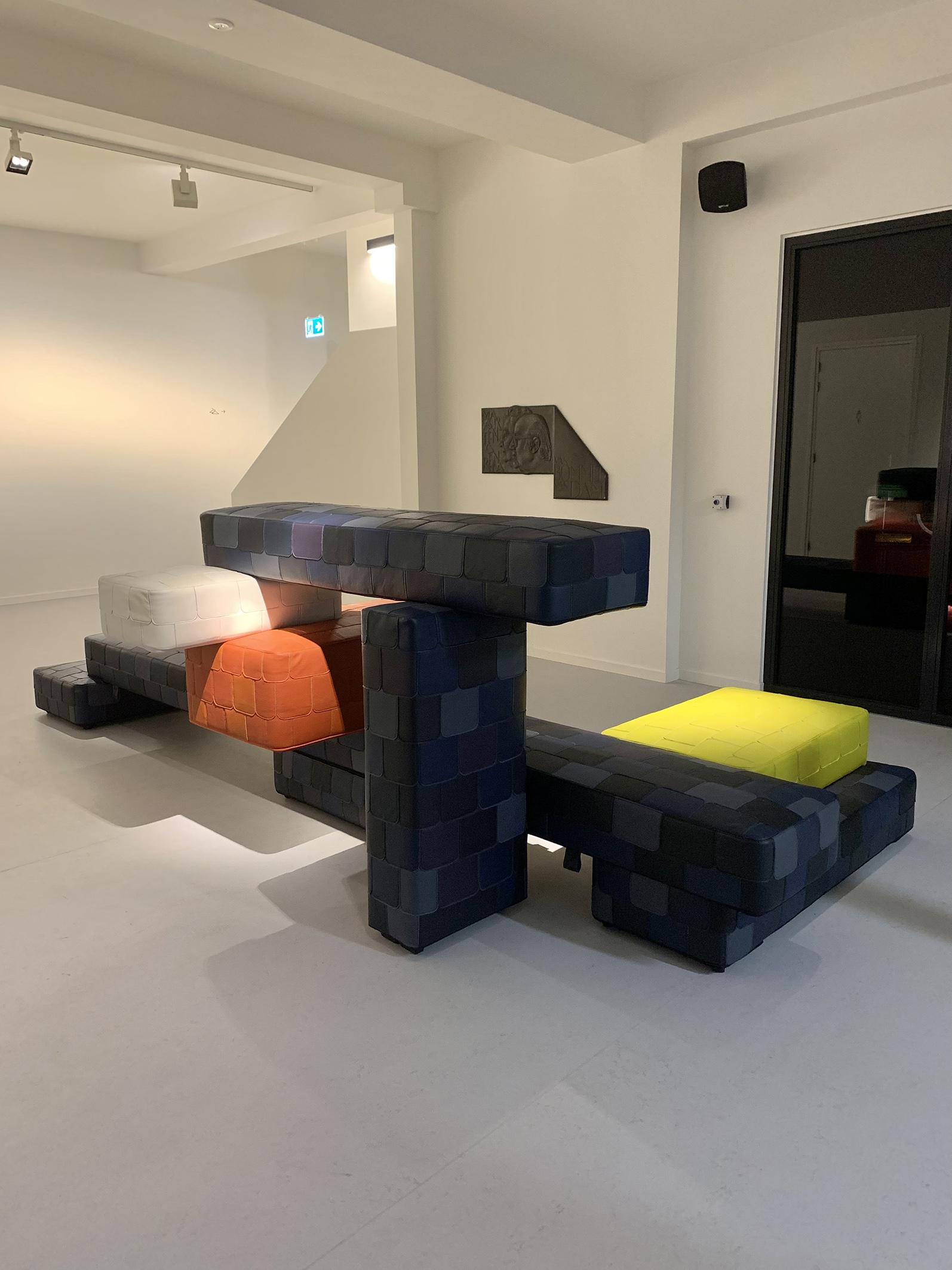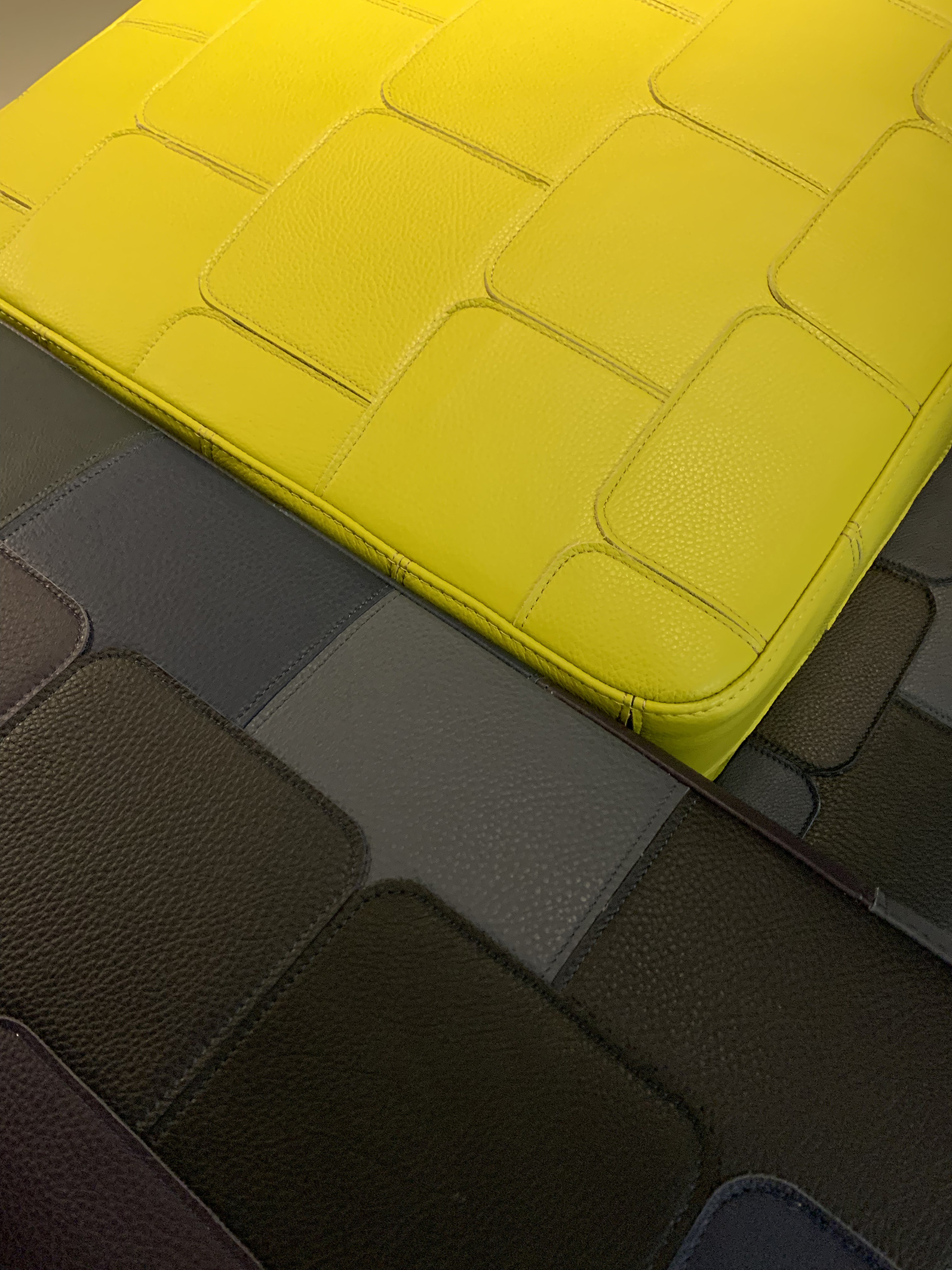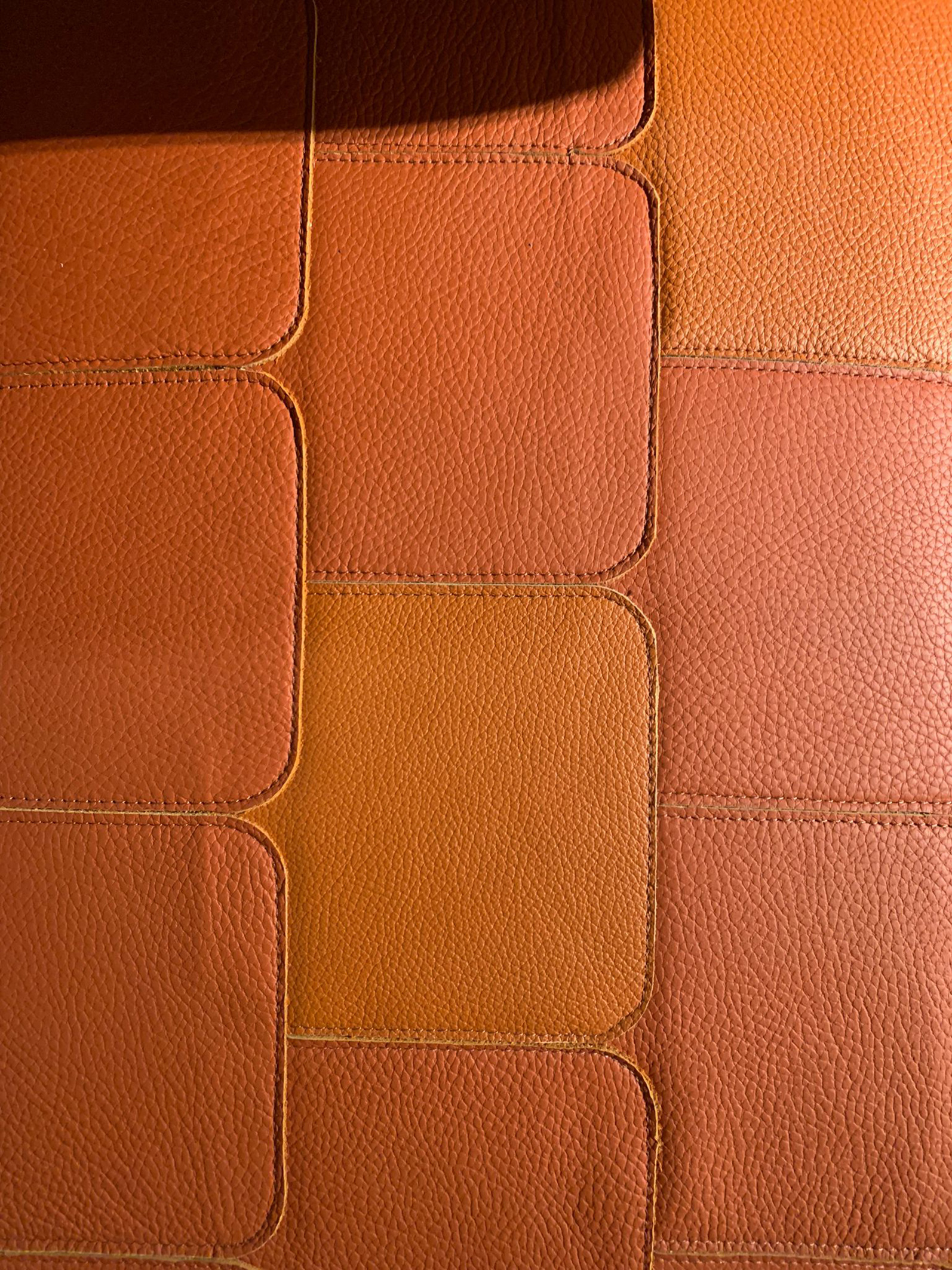The renovated Museum Van Bommel Van Dam opened its doors in the first week of September. The Venlo museum, in Kiki’s hometown, houses the largest collection of modern art in the province; 1100 works that were donated to the Municipality of Venlo in 1969 by the couple from whom the museum takes its name. It’s housed in the former post office, which has been completely redesigned by renowned architectural firm BiermanHenket.
Collaboration
Leolux and Kiki collaborated on a unique work for the museum. They have been working on a very special project that has a central place: an enormous sculptural sofa, covered with a “patchwork” of residual leather, designed by Kiki. Leolux was responsible for the development and implementation, of course in close collaboration with Kiki.
Honorable assignment
Kiki visited the product development department many times; many colleagues from this department were involved in the project and they have been working with all their might to get the artwork finished on time. Christa, Angelique and Nikki stitched the covers, which are constructed in a tile-like manner from small leather samples, and Patrick upholstered the elements that were already foamed.Kiki and Jet Dircks followed up the progress. It all started when Paulo Martina, director of the museum, approached Kiki and visited her studio in Eindhoven. He wanted to see some of her work in the museum. He wanted to see some of her work in the museum and Kiki was honored by the request. Kiki wanted the craftsmanship of Leolux to be reflected in the object.
The sofa was designed for the main hall of the museum, which offers a view of the reconstructed living room of the Amsterdam couple Maarten and Reina Van Bommel-Van Dam. Another side of the room offers a view of the museum’s depot, where the works of art are stored if they are not part of an exhibition. Kiki: ’I designed the sofa for this space and especially wanted to emphasize the length of the room. It’s a playful object for people of every age’.
A new skin of residual leather
Sustainability obviously had to play a role in the sofa. Kiki translated this by using residual leather, cut out of the normal production. After seeing the large amount of colors samples the idea of covering the sofa with “shingles” arose. It is actually a modern patchwork of hundreds of leather samples of 12×15 centimeters that overlap each other like roof tiles, with which we make a new skin from residual leather. The central color of the sofa is blue, or rather shades of blue. Some blocks are yellow, white or orange/red. Why the special color combination? ‘I made the choice very intuitively,’ Kiki explains. ‘I took all Leolux leather colors to the studio and worked there on a composition that I thought best suited an art object. That may be outspoken. Pastel colors were too dull for me, but I didn’t opt for primary colors either, like Rietveld and Mondriaan do, for example. I think you do more justice to the idea of residual material if you mix the colours.’
Building blocks
‘The design is modular, explains Kiki: ‘The starting point was existing Leolux poufs of the Jill model, which we made a little more geometrically, a little tighter. I’ve used them as building blocks for my design, but I’ve made them longer or shorter to create a sculpture that would suit a modern art museum.’
Shapes and volumes
‘It’s a sofa with a sculptural quality and a special skin, a patchwork of leather samples, which are stitched onto a base in a very traditional roof tile manner. That works very differently than, for example, a smooth upholstery. The edges of the leather patches will also wear out with use, thus enhancing the effect of reuse. And then there is the composition game: how do you deal with shapes and volumes in a sofa without a real front or sides? I think we have found a very nice solution for the space here.’




